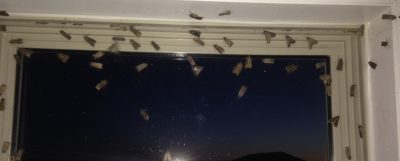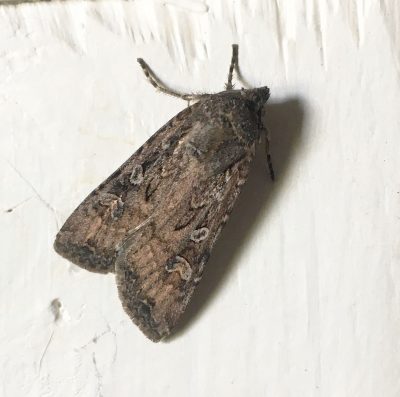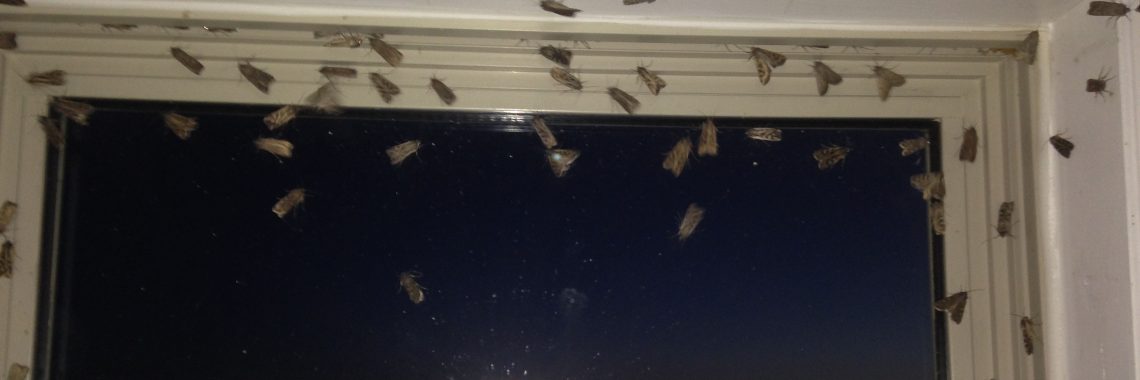
The year 2020 has brought a deep economic decline, the coronavirus – might as well bring on pestilence.
Miller moths – the adult stage of the army cutworm - are being reported in numbers not seen in Nebraska and Colorado for at least five years, and up to 19 in some locations, according to Scott Schell, University of Wyoming Extension entomologist.
Wyoming towns are also being visited as the moths follow the timing of the flowering plants into the high country.
“I have talked to people around the state, and the millers are very widespread this year,” Schell said.
He said conditions for survival and reproduction have been good the last year or two.
Moth abundance in towns can be due to dry conditions in the country with few flowering plants to feed on at night, he said. The moths are then drawn into watered landscapes and towns to find flowers.
“I think there is a combination of that going on this year,” said Schell. “The eastern plains had more reports of crop damage to alfalfa and winter wheat caused by the miller moth larvae, called cutworms, than usual. That was followed up by dry conditions on the sagebrush steppe and prairie producing few wildflowers for the moths to gather nectar at.”

The starting point of miller migration probably comes down to wind and weather, he said. A cold front from the north probably grounds the moths until it passes, and warm breezes from the south are the ticket to travel long distances at night.
Schell recommends turning off outdoor lights or switching to yellow insect lights to minimize their annoyance.
“Checking your window screens and weather seals for cracks big enough to let them in and fixing them helps exclude them when they seek out places to hide for the day,” said Schell.
He advised checking screen doors.
“I also have a light I can turn on away from my entry door to the house on my attached garage, which acts as a giant miller moth trap at night,” he said. “The light draws the millers away from the door.”
Schell said miller moth numbers in towns should taper off soon as the survivors migrate to the high country.





